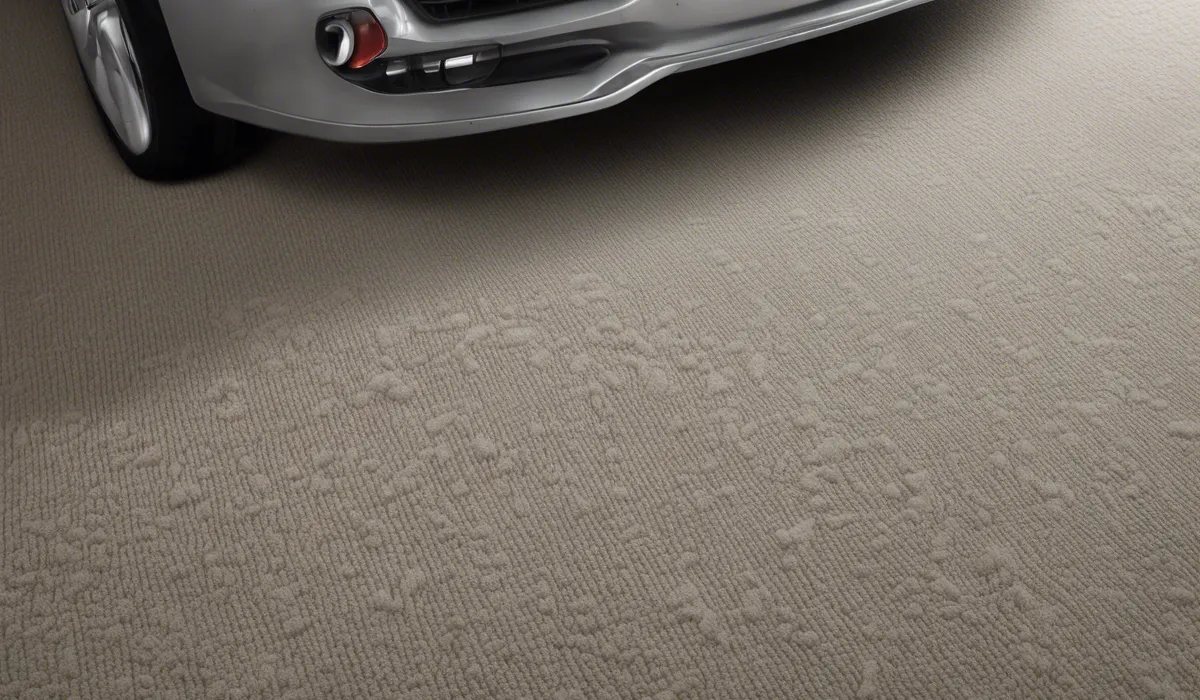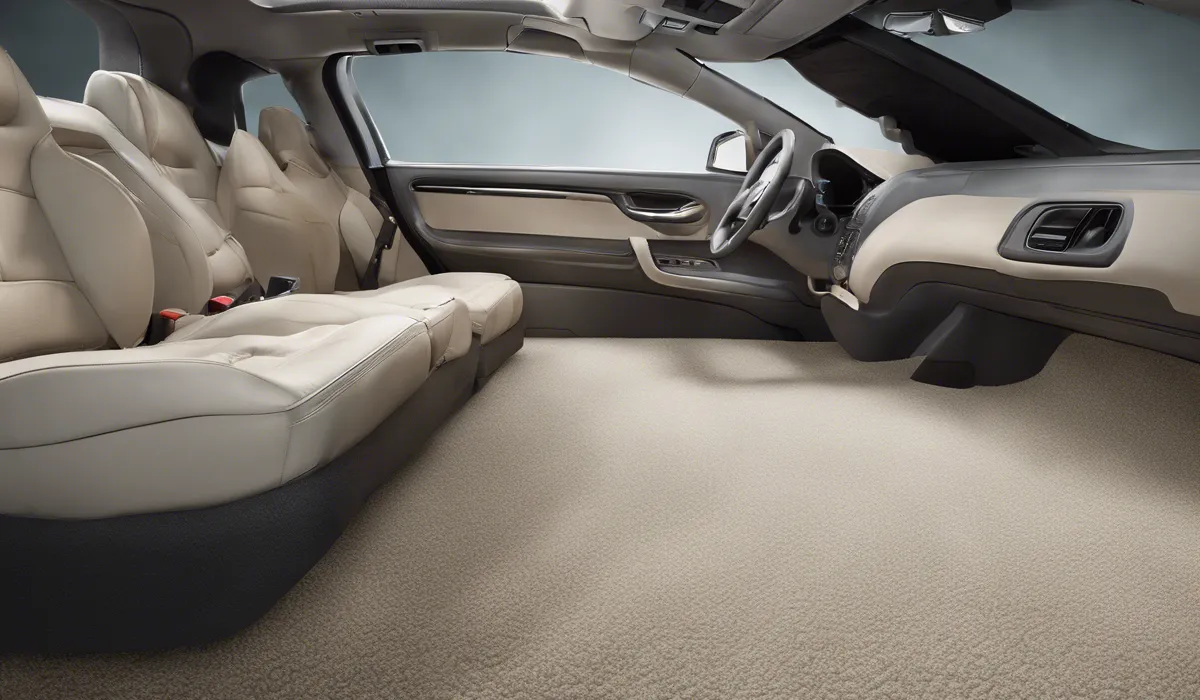To mold carpet for a car, remove seats and old carpet. Heat new carpet with a hairdryer to soften. Press into place, ensuring it fits into contours. Trim excess edges for a snug fit. Reinstall seats.
Preparing the Carpet for Molding

Selecting the Right Carpet Material
Choosing the correct carpet material is vital for ensuring durability and a proper fit inside your car.
Automotive carpets are typically made from synthetic materials like nylon or polyester, which offer resistance to stains and fading.
Select a material with a heavy-duty backing to withstand wear and tear. The right carpet will not only enhance the appearance of your car’s interior but also provide insulation and noise reduction.
Tools and Materials Needed
Before starting, gather all the necessary tools and materials. You’ll need a utility knife, scissors, a hairdryer or heat gun, adhesive, and a roller.
Safety equipment like gloves and goggles should also be on your list. Having everything on hand will streamline the installation process.
Removing the Old Carpet
Start by removing the car seats and interior trim to access the old carpet. Be cautious when detaching electrical connectors for power seats or other components.
Once exposed, carefully peel back the old carpet. If it’s glued down, you may need to use a solvent to loosen the adhesive.
Cleaning the Floor Pan
With the old carpet out, thoroughly clean the floor pan. Remove any rust, debris, or old adhesive.
A clean surface will ensure the new carpet adheres properly and lays flat, preventing future issues.
Measuring and Cutting the New Carpet
Measure the interior carefully before cutting your new carpet. Leave a little extra material around the edges for a precise fit. Use sharp tools for clean cuts and avoid fraying.
Pre-Fitting the Carpet
Before applying any adhesive, pre-fit the carpet to check for any adjustments. Trim as necessary, ensuring the carpet lays smoothly and reaches all edges and contours.
Molding Process

Heating the Carpet for Flexibility
Use a hairdryer or heat gun to gently warm the carpet, making it more pliable. This step is crucial for molding the carpet to fit the unique contours of your car’s floor.
Applying Adhesive (If Necessary)
If your carpet requires adhesive, apply it evenly according to the manufacturer’s instructions.
Be sure to use an adhesive designed for automotive use to withstand temperature changes and wear.
Molding the Carpet to the Contours
After heating, press the carpet into place, starting from the center and working your way outwards. Use your hands and a roller to mold it into every crevice and curve, ensuring a perfect fit.
Smoothing out Bubbles and Creases
Smooth out any bubbles or creases as you go. A firm bristle brush or roller can help in this process. The goal is to have a flat, smooth surface without any imperfections.
Trimming Excess Material
Once the carpet is molded into place, carefully trim the excess material. This step requires precision to avoid cutting too much and ruining the snug fit. Leave just enough carpet to tuck under the trim for a clean, finished look.
Finishing Touches

Reinstalling Seats and Trim
After the carpet is securely in place, reinstall the seats and any interior trim you removed. Ensure all electrical connections are reattached correctly for components such as power seats.
Checking for Loose Edges and Securing Them
Check around the perimeter of the carpet for any loose edges. Use additional adhesive if needed to secure the carpet. It’s important that every edge is firmly in place to prevent lifting and wear over time.
Final Inspection and Cleaning
Conduct a final inspection of your work. Ensure the carpet fits snugly and that there are no visible flaws. Vacuum the carpet to remove any debris and give it a clean, fresh look.
Maintenance Tips for the Newly Molded Carpet
To keep your newly molded carpet looking great, vacuum it regularly and address spills quickly.
Use automotive carpet cleaners for tougher stains and consider floor mats to protect high-traffic areas.
FAQs About Molding Car Carpet
How do I prepare my car for new carpet installation?
To prepare your car, you need to remove all the seats and take out the old carpet first.
What is the best way to mold new carpet to fit my car?
Heat the new carpet with a hairdryer to soften it, which will make it more pliable for molding into the car’s contours.
How do I ensure the new carpet fits properly in the car?
Press the softened carpet into place, making sure it fits snugly into all the contours and corners of the car’s floor.
What should I do with any excess carpet after fitting?
Trim the excess edges of the carpet for a snug and precise fit within the car’s interior.
What is the final step after molding the carpet in my car?
Once the carpet is molded and trimmed, you should reinstall the seats back into your car.
Final Thoughts
Molding carpet for a car involves carefully removing the seats and old carpet before heating the new carpet with a hairdryer to make it pliable.
It’s crucial to press the carpet into place, matching the vehicle’s contours precisely, and trim any excess material for a perfect fit. The final step is to reinstall the seats, completing the interior refresh.
